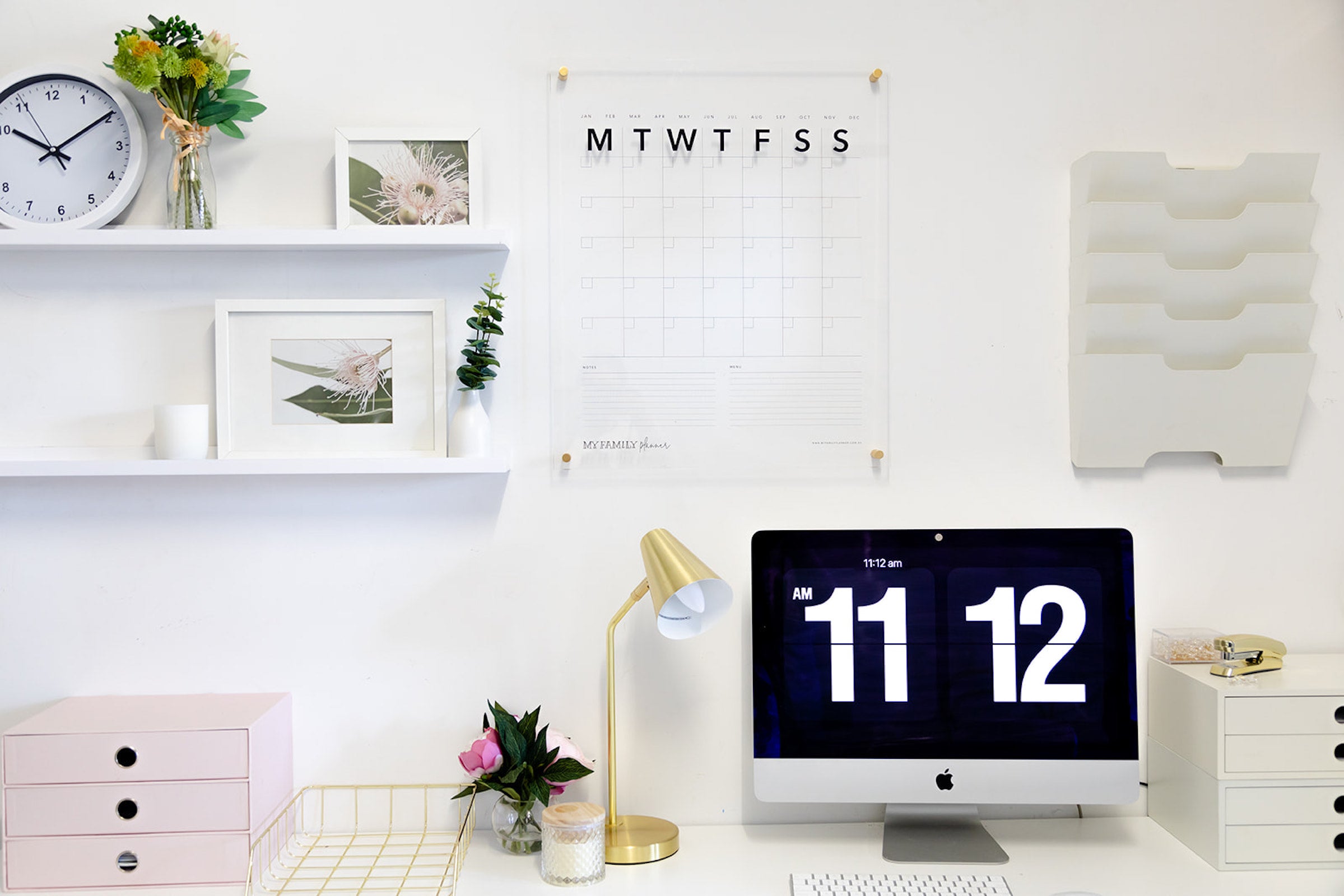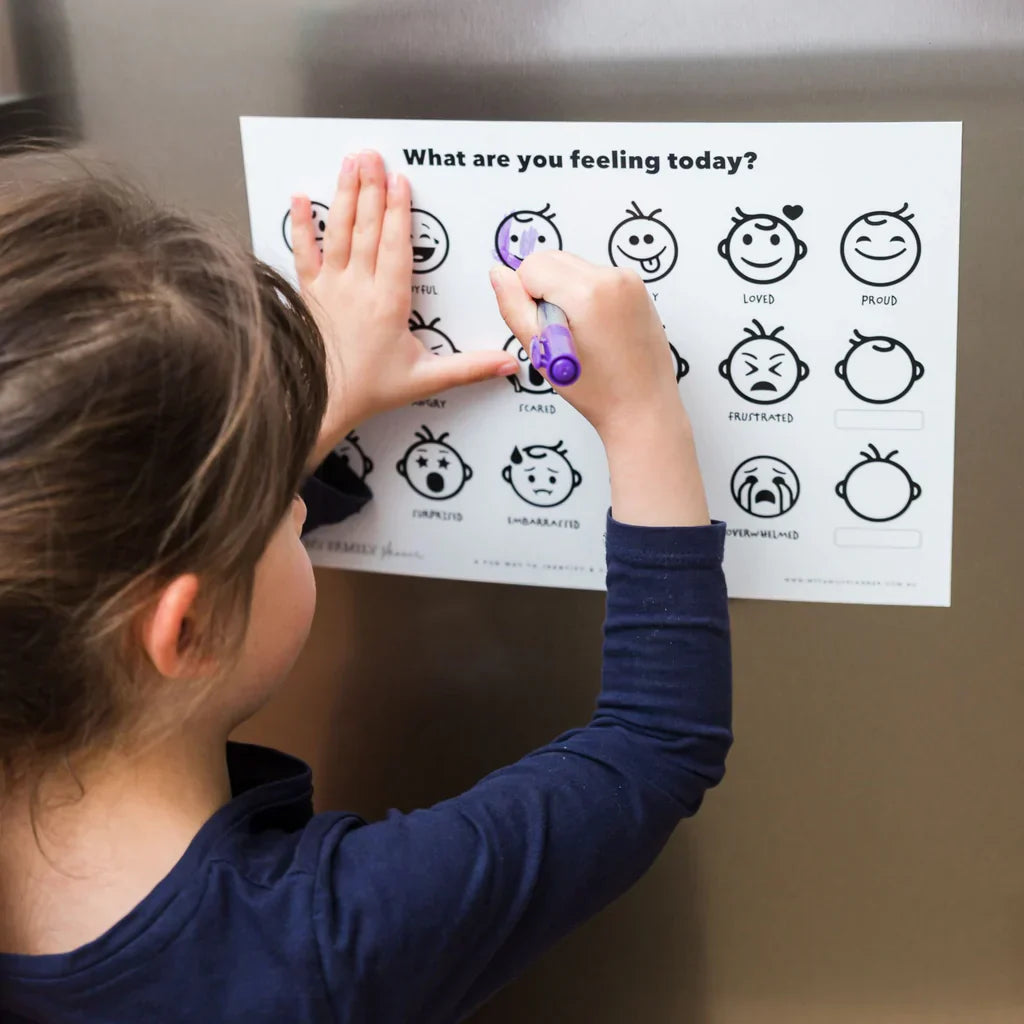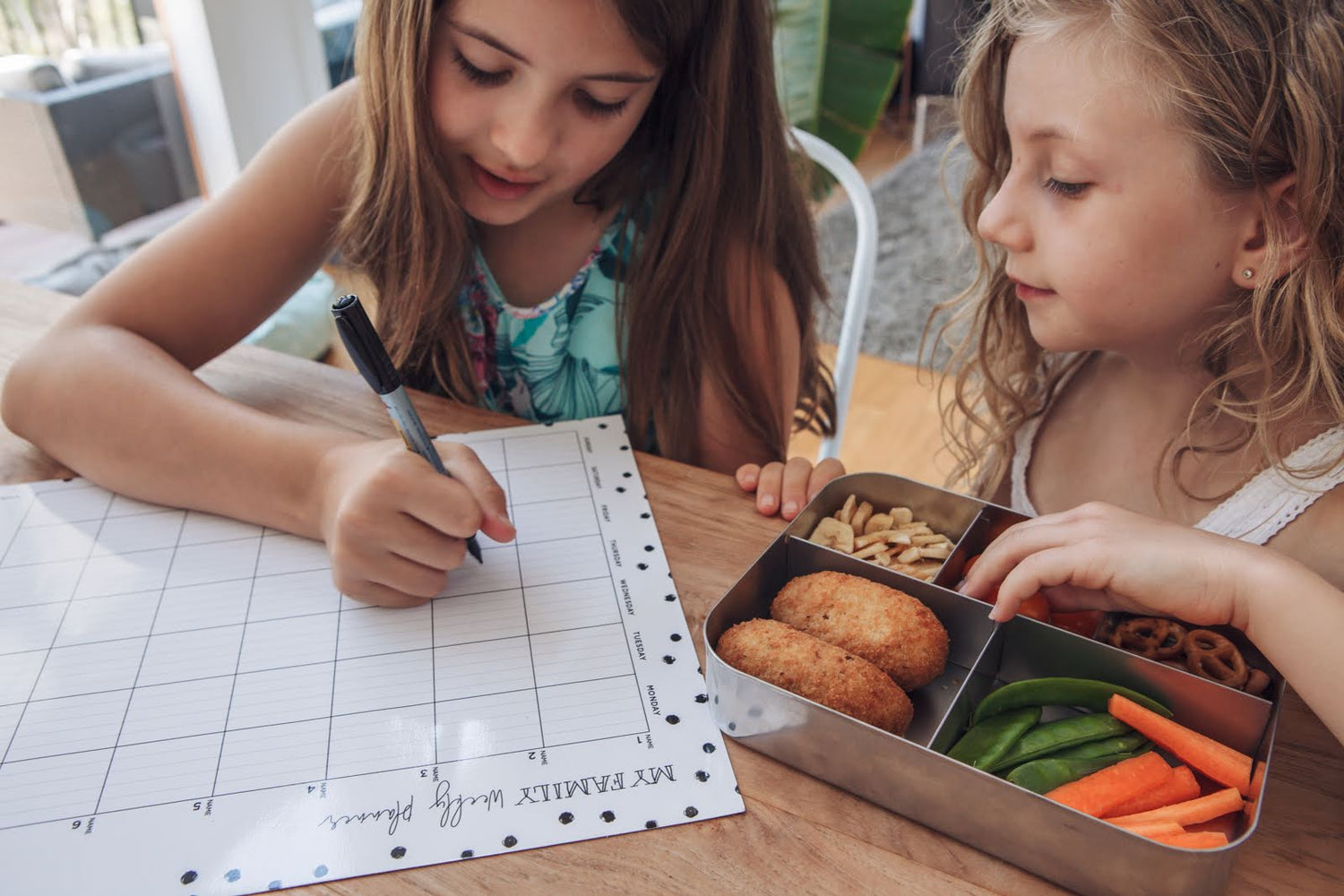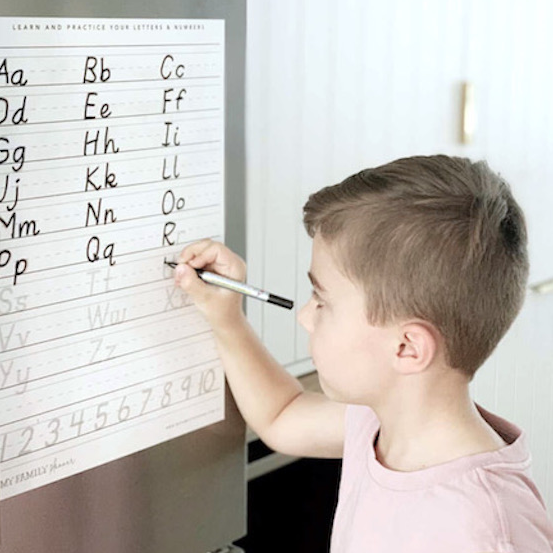Feeling like you’re home life is out of balance? Everyone’s weekly routine and daily schedule have been forced to change thanks to COVID-19 and self-isolation. Suddenly the kids are at home, work has completely changed, and household budgeting has got a whole lot more complicated. It’s normal to feel confused and frustrated, but it’s time to take back control! Nows the time to take stock of what’s important, enjoy the little things in life, and make the most out of what you’ve got.
But how best to this? Say ‘I got this’ to the COVID-19 and start planning and organising your life to meet the new challenges.
Why plan while in isolation?
Creating a game-plan for daily and weekly tasks will make you and your family feel less overwhelmed. You’ll feel more in control knowing you have a plan every day and can get on with life without all the clutter. You might even find you have time to work on personal projects or hobbies!
A great place to start with organisation is to write everything down. Get out all your thoughts and concerns from your sub-conscious and brainstorm possible solutions. Physically writing things down relieves your brain from carrying around demanding thoughts and lets you logically get to work on making improvements. Once you’ve done this, you’re ready to create some plans!

5-steps for Weekly Planning during COVID-19
There are plenty of ways to plan your week, but my tried-and-tested 5-steps are a great place to start building a routine. On Sunday night before my week starts I sit down and look at my entire week. I use the app Lifesorted to schedule our weekly activities so that both my husband and I are on the same page. I also use the Saint Belford Curation diary to map out my week because I love to use paper and pen and get the benefits of physically writing things down.

Step 1 – Add weekly routines to your new self-isolation calendar
Your family might have daily routines for work and school mornings, bath time, bedtime and mealtimes. You might also have weekly routines for washing, cleaning, meal preparation and calendar organisation. A well-run routine helps family members know who needs to do what, when, and how often. Daily, weekly and even monthly routines develop with repetition and practice. Even if you had a working home routine, you’re going to need to adjust to the changes from COVID-19. You should consider adding new activities like kids online activities, online appointments, walking, exercise at home, meetings and online socialization to your routine.
An organised and predictable home environment helps children and teenagers feel safe, secure and looked after- particularly in stressful times like now. Routines can be extremely useful for children with Autism, ADD, ADHD and other developmental delays. These children thrive with structure and predictability.
Step 2 – Make a list of all the single tasks for your week
I use David Allens concept of creating lists with context. These are like tags about where you will do the task. The ones I’ve been using that I find most useful are phone (messages and calls), laptop (emails, purchasing), errands (in-car), home (around the house).
The important thing is to be able to look at your list and work out when and where in your week you can do that task. It will help you stay focused and save time. The weekend is generally when I have time to do the home things, but with COVID-19 I’ve had more time to do things during the week. Take note of how COVID-19 has changed your week, and incorporate that into your weekly task schedule.
Step 3 – Add only 3 tasks to each day
Take it easy on yourself and keep your days manageable. Limiting daily tasks stops you from feeling overwhelmed, and helps you to feel a sense of achievement. Make sure you consider the time and energy you have on each day before you add a task. Don’t forget to delegate to other members of your family, especially if you feel like you are taking on too much.
Some questions I ask myself are-
Does this need to get done today? Is it important? Is it urgent?
Is it going to help me to achieve a goal?
Could this be completed by someone else?
Step 4 – Declutter Projects
Trying to remain calm won’t be possible if your home is a mess. This is always the case, but particularly important now with COVID-19 isolation. A clutter-free home runs smoothly because every member knows where to find the things they need each day. It also reduces stress and anxiety, creating a calmer atmosphere for everyone. Now’s the perfect time to work on decluttering projects.
Here’s how I like to tackle decluttering:
- Write it as an outcome eg. Reorganise the toys & games cupboard.
- Next, write out ALL the tasks that need to be done.
Eg. search on Pinterest or Instagram for organisational ideas, sort the games and toys, organise them into – keep, donate or throw away if it’s broken and can’t be fixed, find the tape measure, measure area for boxes, research boxe sizes, purchase boxes, research labels, purchase or make labels, reorganise the games & toys cupboard.
- Decide on one or two tasks from your project that you could do in your week.
- Get to it!
Step 5 – Planner for the family
Including the family in your weekly plans to important to ensure they can be maintained and everyone contributes. Every week, meals, calendar events, daily tasks for kids are all added to our command centre. My kids are young and still need to see what’s going on each day so they can’t use digital options yet. It’s in the kitchen so everyone can see it. Everyone has a routine to follow and know’s what is happening when.
Now that you can create a weekly routine, it’s time to think about exercise and relaxation to help you get through COVID-19! One of the best things to support your mind and body at the moment is with movement like Yin & Nidra Yoga. They help to relieve stress so that you can support your immune system.
If you’d like to Calm Your Mind & Body in 5 days at home with just a mat and blankets using Yin & Nidra Yoga then join me on the mat. Just 10 minutes each day, no yoga experience needed, it’s perfect for all ages.
Origionally Published by Narelle King
https://simplyhappy.com.au/self-isolation/





